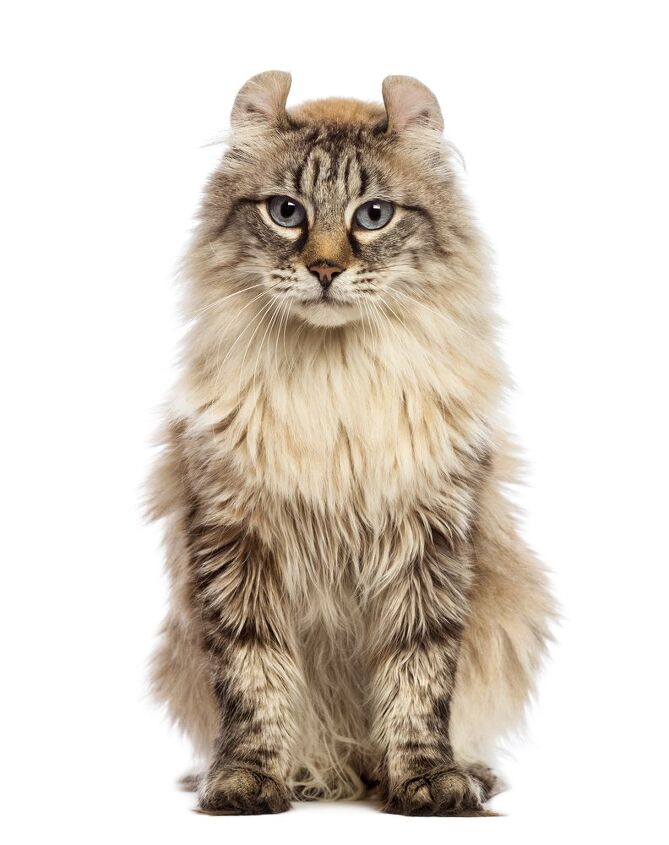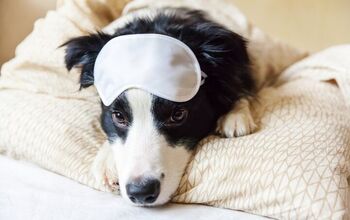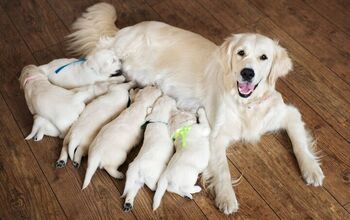American Curl


About American Curl
The American Curl breed developed from a spontaneous mutation. A family in Lakewood, California rescued the foundation female, Shulamith, in 1981. She was a stray, with long, black hair. Six months later she gave birth to kittens. Selective breeding began in 1983. Researchers analyzing 383 cats with the curled ear trait found the gene to be autosomal dominant. A cat with even one copy of the gene will show the distinctive trait. An American Curl was first exhibited in 1983, with the breed receiving championship status in 1987 by The International Cat Association. It was admitted to the Cat Fanciers’ Association in 1993 with both long and short-haired divisions.
The American Curl loves spending time with their humans, showing open affectionate and being interactive in every way imaginable.
The temperament of an American Curl is nothing short of outstanding. They love spending time with their humans, showing open affectionate and being interactive in every way imaginable. They are easy going, adapting well to other animals, children, and rolling with the flow in any situation. Faithful and oddly dog like, Curls are known to follow their humans around eager to see what “we’re” going to do next. They are not big talkers, opting for happy trilling and cooing. Often known as the “Peter Pans” of the cat world, Curls remain kittenish throughout their lives. They are vigorous cats with dynamic and engaging personalities.
The American Curl’s large, expressive eyes are augmented by the backward arc of its Lynx-like, tufted ears. Their perky alertness is infectiously charming. At birth, the ears are straight, but begin to take on their unique form within 3-5 days. At around 16 weeks, the process is complete. In show cats, the ears should curl within a 90 to 180 degrees arc, but should not touch the back of the head. The American Curl takes three years to mature, and is a strong and healthy cat typically weighing 5-10 lbs with a well-balanced, rectangular body. Whether the fur is short or long, it lies flat against the body. The plumed tails of the long-haired American Curl luxuriantly plumed.
Because of its feral origin, the American Curl comes in a wide range of colors and patterns. Both long and short-haired versions are typical. Cat with ears that are almost upright are considered “pet quality,” while show cats must have the 90-180 degree arc. There is some preference for colorations that enhance the Lynx-like appearance of the American Curl, but in general, this is not a breed with a “wild” look, so there is no definitively acceptable coloration or marking.
The American Curl has a silky, soft coat. It requires little grooming, but but will benefit from brushing to remove loose hairs. Thanks to a minimal undercoat, however, shedding isn’t much of a problem. The ears are the real maintenance issue, requiring regular cleanings to guard against infection. Although the ears will feel stiff and hard to the touch when fully set, they must be handled with care to avoid breaking the cartilage.
Photo credit: Eric Isselee/Shutterstock

Amy Tokic, Editor of PetGuide.com, is a passionate animal lover and proud pet parent of Oscar, a Shih Tzu/Chihuahua cross, and Zed, a Japanese Chin. Her love of animals began in kindergarten, when she brought her stuffed dog Snoopy into class with her every day. Now, she writes about her adventures in pet ownership and tirelessly researches products, news and health related issues she can share with other animal enthusiasts. In her free time, Amy loves perusing used book and record stores, obsessing over the latest pet products available and chasing squirrels with wild abandon (a habit attributed to spending too much time with her pooches).
More by Amy Tokic
























